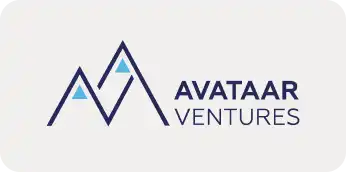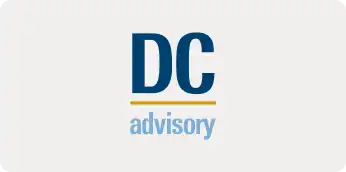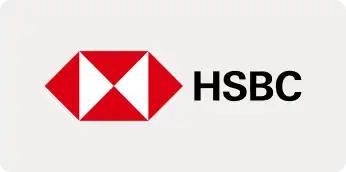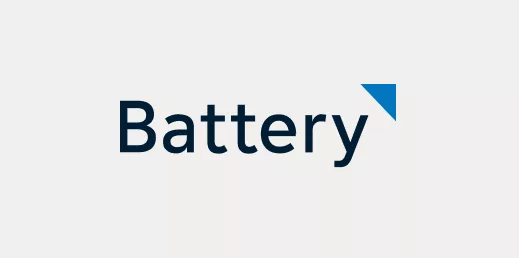In the first part of this Founder’s Playbook, we looked at some of the hard choices Zenoti made to win in the US market and eventually become a category leader in enterprise SaaS for the wellness industry. One of the hardest calls was to keep its sales and product people focused on a specific vertical, to the extent of initially calling the company ManageMySpa. This required resisting the temptation to go after many a low-hanging fruit in the beauty and wellness space and remaining razor-focused on enterprise-scale spa chains, which were their ideal customers.
Armed with its value proposition firmly established in spa chains, and the learnings from comprehensively solving that problem, Zenoti went after every niche in the wellness space one by one. It bucked the investment blues in the Covid year of 2020 to become a unicorn and joined the pantheon of SaaS companies from India that have conquered global markets to cross $100 million ARR.
When Zenoti first expanded from spas to salons, the playbook remained the same at its core: find the ICP (Ideal Customer Profile), understand problems at a granular level, and build an enterprise-scale solution. But that’s easier said than done.
The salon business is different from spas. For example, the price can vary from one stylist to another as well as from customer to customer. A senior stylist could have a dedicated client roster with a separate model of commissions. The time taken for each service differs. The software had to factor in all that. “A plethora of complications come in when you go into such a business,” says Sudheer Koneru, founder and CEO of Zenoti.
This called for a new set of learnings.
1. Co-building software with an ideal customer
When it was time for Zenoti to expand from spas, it chose to target luxury salon chains. A top salon brand in the US, which had been relying on desktop software until then, became the ICP.
“We decided to pick somebody really good and go talk to them. Anyway, nobody was solving their problems,” recalls Koneru. “They said, ‘OK, you seem to have a good thesis around building enterprise software, but you don’t have the features we need. We’ll work with you if you will address these features.’”
“So it was like co-building the software with the customer and we did that fairly often in every small vertical we went into.”
The customer only had a dozen salons, but each of them employed around 150 people and was doing over a million dollars of business a month. So it was a super-busy salon chain where everything from billing to scheduling and operations was complex. This suited Zenoti’s USP because rivals weren’t offering software to handle that level of complexity. Besides, Zenoti was able to charge thrice as much as the industry standard until then.
The generally accepted SaaS wisdom is to avoid developing software for one big customer, to ensure it remains more widely applicable. While Zenoti chose to get its feet wet in each niche with an ideal customer, it did not lose sight of productizing the software. “We don’t do custom solutions. We just add features to our platform,” explains Koneru.
2. Leveraging expertise to accelerate velocity
The playbook was well-set by the time Zenoti went into medical spas, offering laser treatment, botox, and the like, which was a very different kind of service from general spas and salons. A big brand in Seattle, Zenoti’s US base, became the first customer. Again Zenoti co-built the medical spa software with the customer.
“These exercises take about six months from signing up the customer to having a viable product that can be rolled out to similar businesses,” says Koneru. “That’s been our constant theme as we expanded. Though we started with a narrow focus, today there’s no niche in the industry that we don’t go after.”
The six months of co-building and subsequent deployment gives Zenoti domain expertise in every niche it covers. “We would have a sales guy who is good with salons, another guy who knows waxing businesses – we became experts in individual niches. So every salesperson then has more velocity because they know their segment well and the product has credibility,” says Koneru.
“Once you solve a hard problem, you reap the rewards. But it takes patience and focus.”
“Even today we reject 75% of the sales leads we get because we chose to sell only to businesses that have complexity and require richness in their software.”
Zenoti routinely redirects simpler businesses to cheaper software options more suitable to the smaller scale.
3. Pausing the scale-up to integrate payments
Just as hard as turning down easy sales opportunities was a call to integrate payments into its software. This has become a trend now, but Zenoti was one of the first to enable its customers to process payments seamlessly by integrating with Stripe.
It was a hard call six years ago when Zenoti had just entered a high-growth phase, but Koneru persuaded the board to hit the pause button. “That was a tough choice because we had to go back and invest a lot in the product. It slowed down the company a bit because more than half our resources went into becoming an early adopter of this whole notion of integrated payments.”
Navigating through that was a challenge in the early days, and a few customers got upset with the initial payment solutions not working so well. “But it’s good we made that choice at the right time, because today 40% of our revenue comes from payments,” says Koneru. “We would’ve been like 60% our size if we hadn’t taken a pause to build that payment stuff and scale our business.”
“Doing the hard things first relieves you later on in the journey of your company. It’s important for a founder to be conscious of that.”
4. Knowing when to pull the plug
Not every choice Zenoti made was a winner. And while the choice to integrate payments, even if it took time and slowed them down, paid off in the long run, the opposite is also true: Koneru had to pull the plug when a thesis proved wrong on the ground.
The first significant instance was when marketplaces became the buzz in India and everyone wanted to be an aggregator. Zenoti had focused on large brands, but felt it could build a simpler version of its software to pull in small spas and salons through a marketplace model. It launched a consumer-facing mobile app called Take5 in late 2015 to help spas or salons pull in more clients, while giving consumers more choice.
But it was much harder than anticipated to get traction for a marketplace of spas and salons. “The B2C (business-to-consumer) angle in our industry is challenging. People tend to go to the same stylist or the neighbourhood salon. It’s not like picking restaurants and experimenting with food,” says Koneru.
Secondly, it was a mismatch with Zenoti’s enterprise DNA.
“We realized it was distracting us from our core growth. We were growing well from a revenue perspective on the B2B SaaS front, and we were jeopardizing that by spending so much on B2C. We felt we couldn’t afford to do both and had to abandon B2C.”
More recently in the US, Zenoti again tried a small business edition of its software, after scaling with the big brands. This time Koneru created a separate business unit with its own budget. But a year and a half later, having burnt $10 million, Koneru pulled the plug because the app just did not do a good enough job with onboarding, getting users started, and other attributes which are vital in a low-end system. “I realized that changing DNA is hard.”
5. Learning to think big
In hindsight, Koneru feels he should have taken the company to the US market much earlier instead of remaining in India for nearly five years from inception. The US wellness market was ripe for the kind of enterprise SaaS Zenoti was building. “All the big US brands were on desktop products, whereas in India, every big brand was already using SaaS by 2015.”
He attributes the delay in paying attention to the US market to his own mindset. “I didn’t start with an intention to build a big outcome. It was more like a love for building software.”
It was only after Accel came in as an investor that he started seeing the TAM (total addressable market) he wasn’t addressing. “It was Shekhar Kirani (partner at Accel) who first put it to me, ‘If you’re doing software so well, why are you not going and selling it to the US?’ He convinced me that’s what I should aspire for.”
He was a bit late to think big, but then Koneru made up for lost time with a playbook for enterprise SaaS in the wellness industry that outflanked his US rivals. He went after the whales while others cast their net wide. Patience and a product-first mindset had the whales eating out of the palm of his hand.
Read Part 1: The hard choices Zenoti made to win in the US market

























